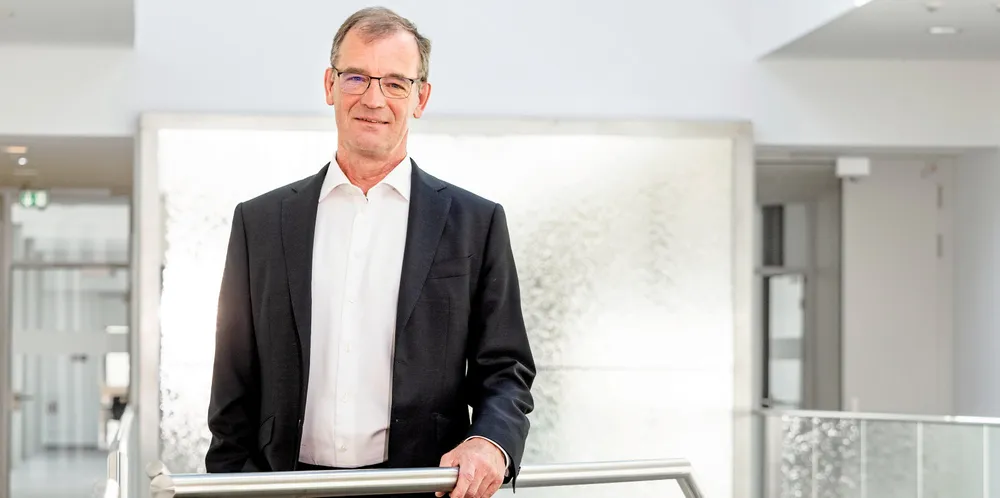'We're carrying the costs': Enercon CEO says under-used wind giants need projects now
OEMs are having to shoulder costs of working below capacity until target-led demand finally materialises, says Jürgen Zeschky

OEMs are having to shoulder costs of working below capacity until target-led demand finally materialises, says Jürgen Zeschky
